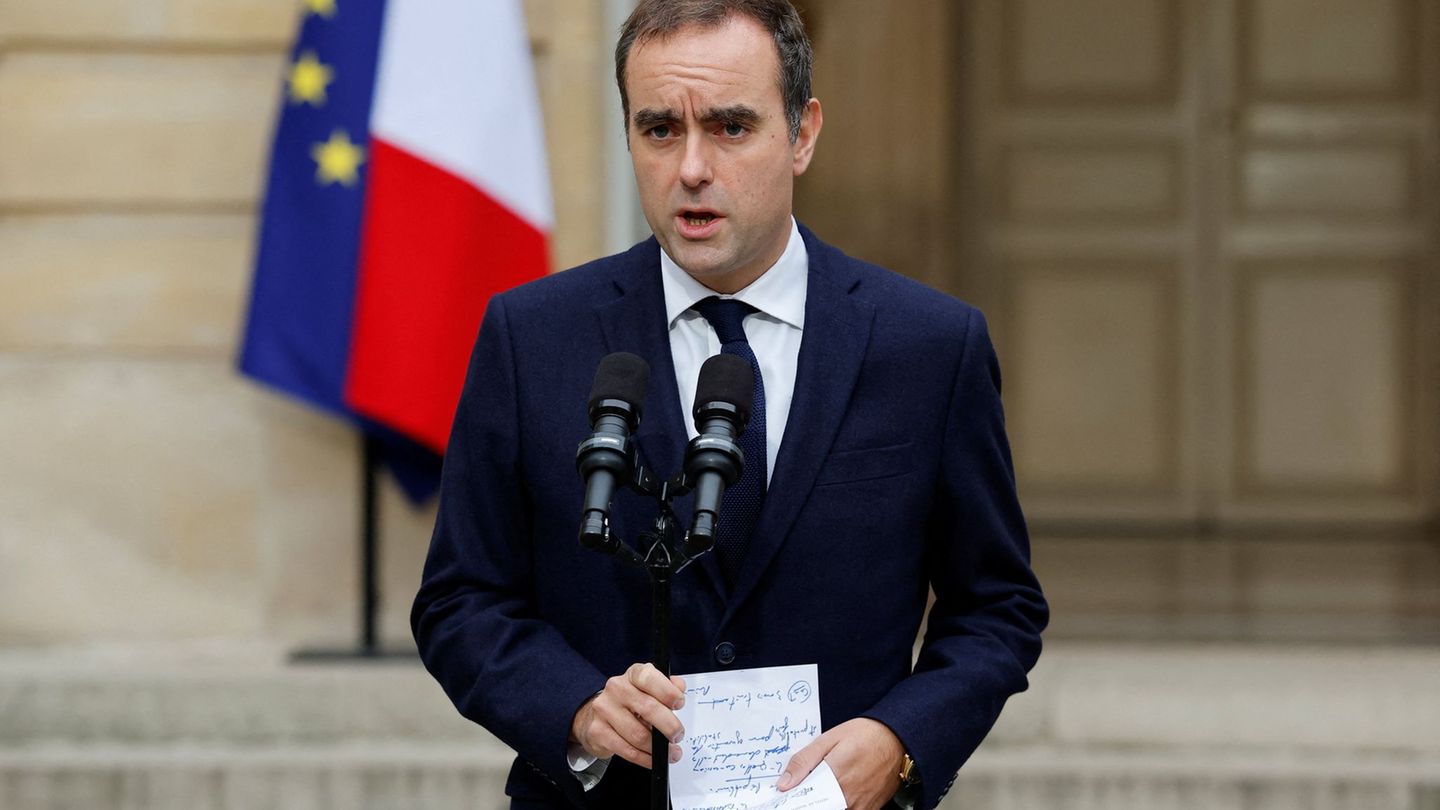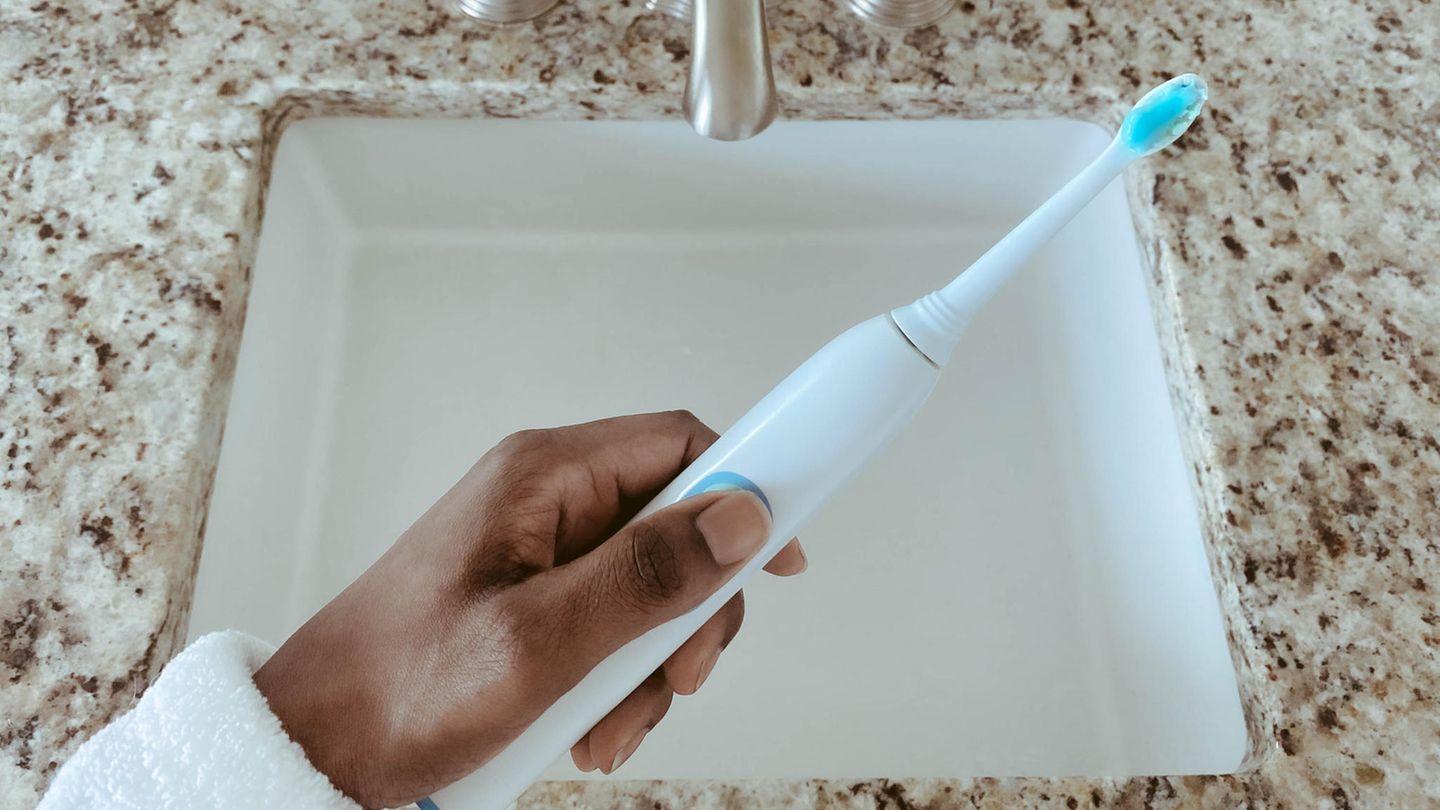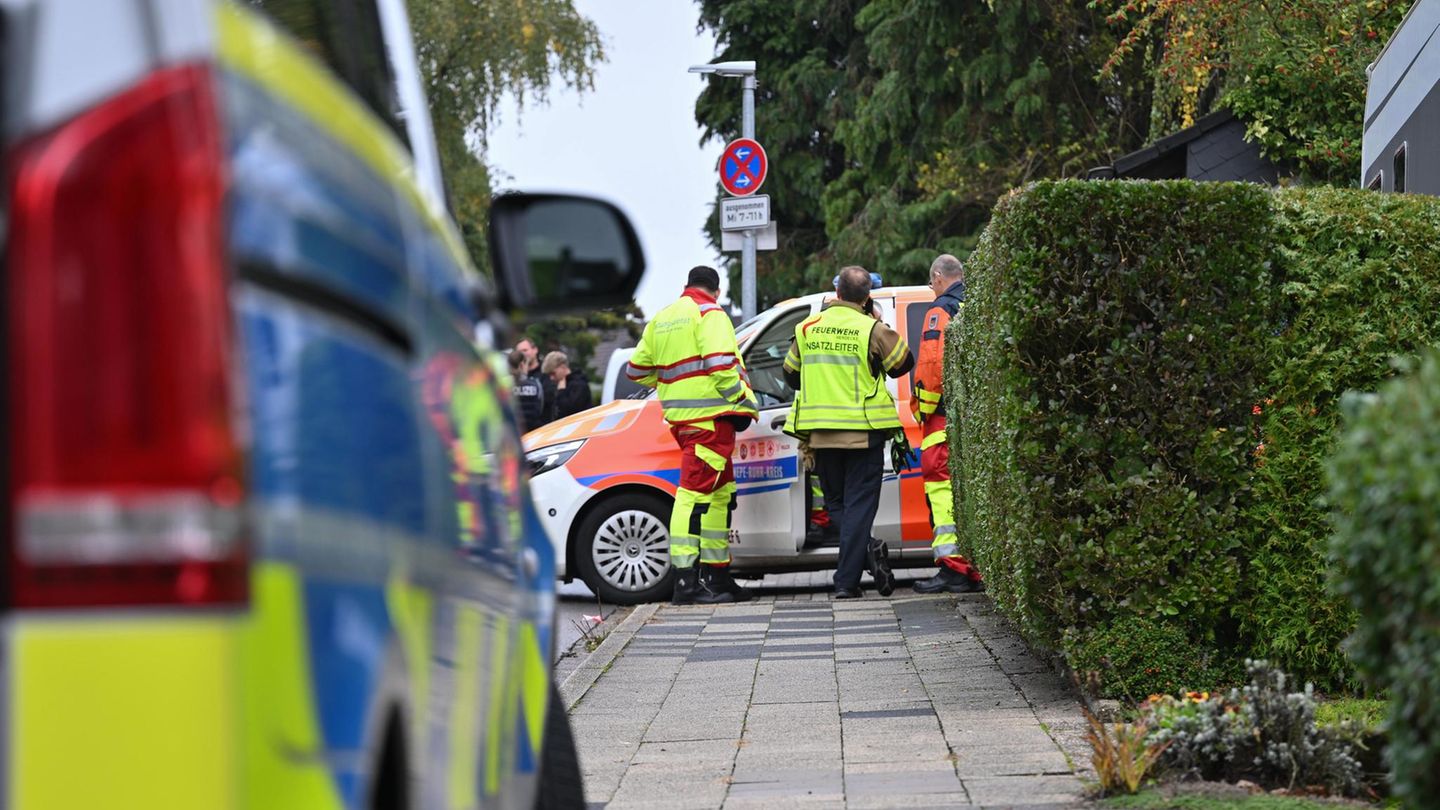A team led by Gustavo Caruso, director of nuclear safety at the IAEA, will come to Japan from February 14 to 18 and check, among other things, the safety of the filtered cooling water, the foreign ministry said on Monday. Almost eleven years after the worst case scenario on March 11, 2011 as a result of a seaquake and a tsunami, the destroyed reactors still have to be cooled with water. Every day, around 140 tons of contaminated water are produced, which is filtered and stored in more than 1,000 tanks. The operator Tepco claims that in the fall the space for tanks will be exhausted. For this reason, the Japanese government had decided that the water should be filtered and diluted into the sea from spring next year. The operating company Tepco is planning to build a one-kilometer-long tunnel on the seabed through which the cooling water from the nuclear ruins is to be dumped.
However, the local fishing associations fear damage to their business. Environmentalists and Japan’s neighboring countries such as China and South Korea are also outraged and are calling for the plans to be scrapped. More than a million tons of water are already stored in the tanks on the site of the Fukushima Daiichi nuclear ruins. The cooling water is treated beforehand, but the ALPS filter system cannot filter out the tritium isotope. However, the Japanese government and operator Tepco argue that small amounts of tritium are not harmful to human health. In addition, the water should be diluted to below the guide values before the planned dumping.
Source: Nachrichten




